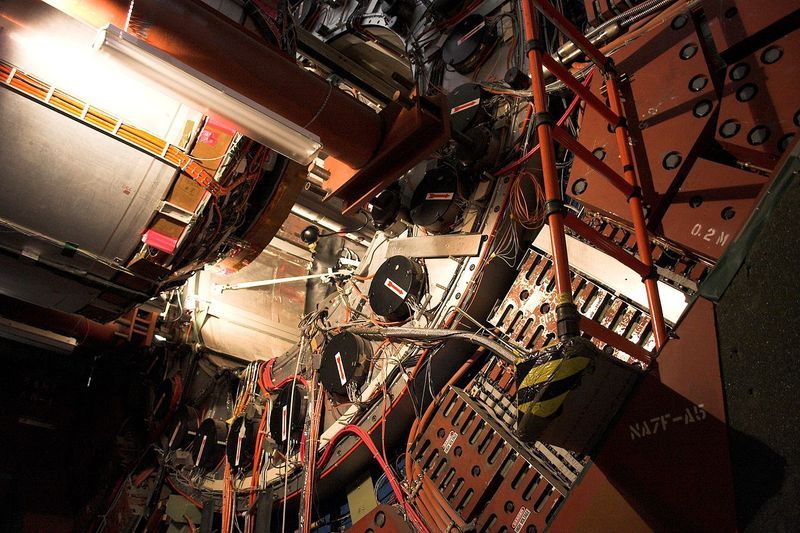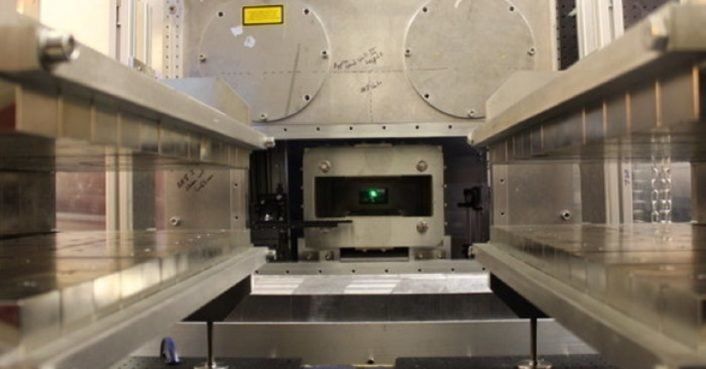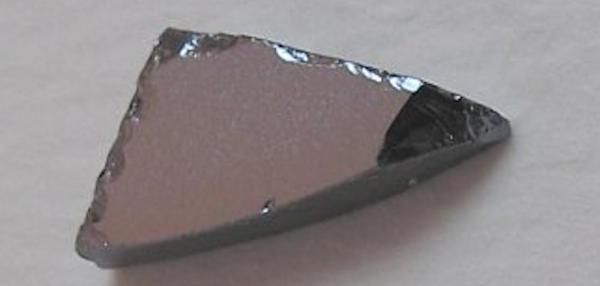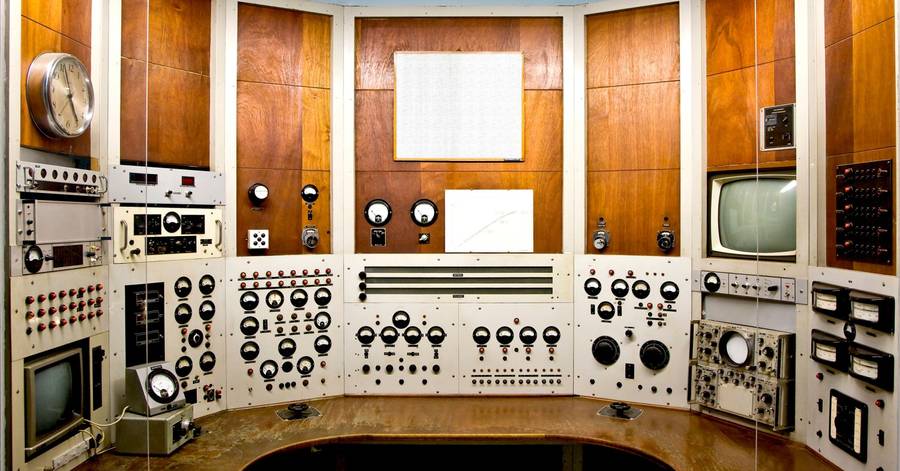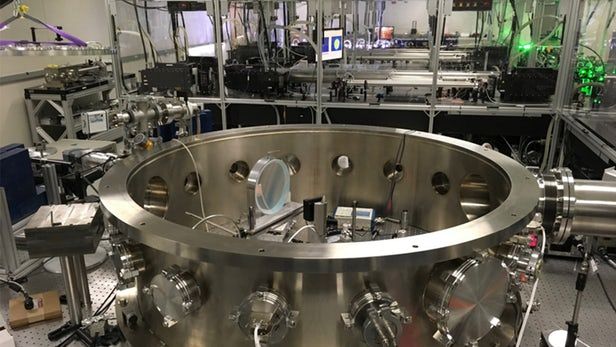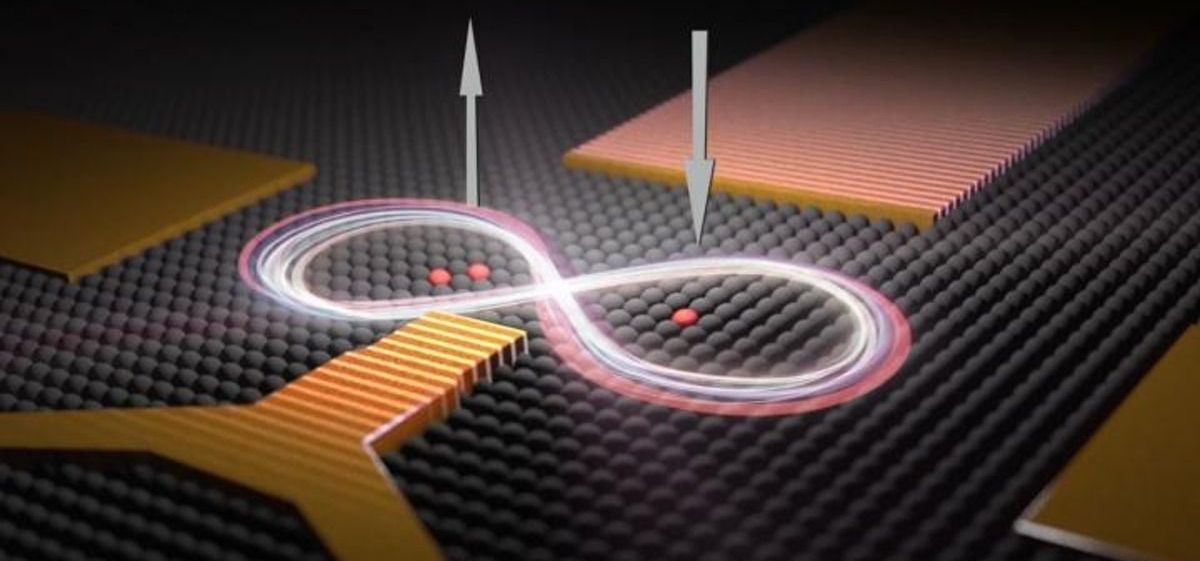Archive for the ‘particle physics’ category: Page 499
Mar 20, 2018
Scientists aim to use lasers to turn light into matter
Posted by Genevieve Klien in categories: information science, particle physics
Scientists at Imperial College London are attempting to use powerful lasers turn light into matter, potentially proving the 84-year-old theory known as the Breit-Wheeler process. According to this theory, it is technically possible to turn light into matter by smashing two photons to create a positron and an electron. While previous efforts to achieve this feat have required added high-energy particles, the Imperial scientists believe they have discovered a method that does not need additional energy to function. “This would be a pure demonstration of Einstein’s famous equation that relates energy and mass: E=mc2, which tells us how much energy is produced when matter is turned to energy,” explained Imperial Professor Steven Rose. “What we are doing is the same but backwards: turning photon energy into mass, i.e. m=E/c2.”
Mar 20, 2018
New material capable of detecting dark matter, scientists say
Posted by Genevieve Klien in categories: cosmology, particle physics
March 20 (UPI) — Scientists believe a new material, known as a scintillator, will expand the search for dark matter.
New analysis suggests the scintillator material is sensitive to dark matter particles with less mass than a proton, which should allow scientists to look for dark matter among a previously unexplored mass range.
Weakly interacting massive particles, or WIMPs, describe dark matter particles with a mass greater than that of a proton. Scientists have tried to directly detect WIMPs using a variety of strategies, but with no success.
Continue reading “New material capable of detecting dark matter, scientists say” »
Mar 16, 2018
‘What Is Real?’ Review: Quarks and Quandaries
Posted by Genevieve Klien in categories: particle physics, quantum physics
Many physicists sidestep the philosophical puzzles altogether, preferring to “shut up and calculate.”
If quantum mechanics can be said to have a capital city it is surely Copenhagen, birthplace of the physicist Niels Bohr (1885−1962) and of the formalism he and others developed to make sense of the subatomic realm. Their approach, the “Copenhagen Interpretation,” is expounded in every textbook. Yet it has been questioned many times, and in “What Is Real?” Adam Becker tells a fascinating if complex story of quantum dissidents. Two of the most important not only displeased Bohr, they also attracted the attention of the FBI.
Mar 15, 2018
Two-toned light pattern creates steep quantum walls for atoms
Posted by Genevieve Klien in categories: computing, particle physics, quantum physics
Exotic physics can happen when quantum particles come together and talk to each other. Understanding such processes is challenging for scientists, because the particle interactions can be hard to glimpse and even harder to control. Moreover, modern computer simulations struggle to make sense of all the intricate dynamics going on in a large group of particles. Luckily, atoms cooled to near zero temperatures can provide insight into this problem.
Lasers can make cold atoms mimic the physics seen in other systems—an approach that is familiar terrain for atomic physicists. They regularly use intersecting laser beams to capture atoms in a landscape of rolling hills and valleys called an optical lattice. Atoms, when cooled, don’t have enough energy to walk up the hills, and they get stuck in the valleys. In this environment, the atoms behave similarly to the electrons in the crystal structure of many solids, so this approach provides a straightforward way to learn about interactions inside real materials.
But the conventional way to make optical lattices has some limitations. The wavelength of the laser light determines the location of the hills and valleys, and so the distance between neighboring valleys—and with that the spacing between atoms—can only be shrunk to half of the light’s wavelength. Bringing atoms closer than this limit could activate much stronger interactions between them and reveal effects that otherwise remain in the dark.
Continue reading “Two-toned light pattern creates steep quantum walls for atoms” »
Mar 15, 2018
Nanowire-zapping lasers unlock micro-scale nuclear fusion efficiency record
Posted by Genevieve Klien in categories: nanotechnology, nuclear energy, particle physics
Researchers at Colorado State University (CSU) have broken the efficiency record for nuclear fusion on the micro-scale. Using an ultra-fast, high-powered tabletop laser, the team’s results were about 500 times more efficient than previous experiments. The key to that success is the target material: instead of a flat piece of polymer, the researchers blasted arrays of nanowires to create incredibly hot, dense plasmas.
We have nuclear fusion to thank for our very existence – without it, the Sun wouldn’t have fired up in the first place. Inside that inferno, hydrogen atoms are crushed and through a series of chain reactions, eventually form helium. In the process, tremendous amounts of energy are released. Theoretically, if we can harness that phenomenon we could produce an essentially unlimited supply of clean energy, and although breakthroughs have been made in recent years, nuclear fusion energy remains tantalizingly out of reach.
Mar 14, 2018
DARPA Is Funding Time Crystal Research
Posted by Genevieve Klien in categories: government, military, particle physics, quantum physics
You probably scratched your head last year if you read about time crystals, likely 2017’s most esoteric, widely covered popular science story. Even if you understood how they worked, you might not have known what use they could have. Time crystals, systems of atoms that maintain a periodic ticking behavior in the presence of an added electromagnetic pulse, have now piqued the interest of one well-funded government agency: the Department of Defense.
The DoD’s Defense Advanced Research Projects Agency, or DARPA, announced a new program to fund research on these systems. More generally, the new DRINQS program will study exactly what its acronym stands for: “Driven and Nonequilibrium Quantum Systems.” But why?
“The applications could be for atomic clocks, where you have an ensemble of atoms you’re vibrating to extract time information,” Ale Lukaszew, program manager in DARPA’s defense sciences offices, told Gizmodo. “There might be applications related to measuring things with exquisite sensitivity in time and magnetic field domains. Not a lot of these applications are open for discussion.” In other words, time crystal-based military technology is classified.
Mar 8, 2018
Quantum Computers Reach Big Milestone With Perfectly-Placed ‘Talking’ Atoms
Posted by Genevieve Klien in categories: computing, particle physics, quantum physics
A group of Australian scientists made reached a major milestone towards building a quantum computer. Here’s how they revolutionized the field.
Mar 6, 2018
New thruster tech converts air molecules into fuel for orbiting satellites
Posted by Genevieve Klien in categories: particle physics, satellites
The European Space Agency created the world’s first thruster which allows satellites to remain in orbit for years longer than they currently do. The secret? The thruster runs on particles of air in the atmosphere.
Others have tried to improve the staying power of satellites before, but most are still limited by the amount of fuel they can carry. The new ion thruster “breathes” the rare air particles in the top of the atmosphere, allowing the satellites to remain without immediate need for refueling.
The thruster was developed by an ESA team and built by SITAEL, a private company in Italy. The air particles bounce away from satellites normally, but the thruster collects them and gives them an electric charge, after which they are ejected to provide thrust that counteracts atmospheric drag.
Continue reading “New thruster tech converts air molecules into fuel for orbiting satellites” »
Mar 6, 2018
Physicists Find a Way to See the ‘Grin’ of Quantum Gravity
Posted by Genevieve Klien in categories: cosmology, particle physics, quantum physics
In 1935, when both quantum mechanics and Albert Einstein’s general theory of relativity were young, a little-known Soviet physicist named Matvei Bronstein, just 28 himself, made the first detailed study of the problem of reconciling the two in a quantum theory of gravity. This “possible theory of the world as a whole,” as Bronstein called it, would supplant Einstein’s classical description of gravity, which casts it as curves in the space-time continuum, and rewrite it in the same quantum language as the rest of physics.
Bronstein figured out how to describe gravity in terms of quantized particles, now called gravitons, but only when the force of gravity is weak — that is (in general relativity), when the space-time fabric is so weakly curved that it can be approximated as flat. When gravity is strong, “the situation is quite different,” he wrote. “Without a deep revision of classical notions, it seems hardly possible to extend the quantum theory of gravity also to this domain.”
His words were prophetic. Eighty-three years later, physicists are still trying to understand how space-time curvature emerges on macroscopic scales from a more fundamental, presumably quantum picture of gravity; it’s arguably the deepest question in physics. Perhaps, given the chance, the whip-smart Bronstein might have helped to speed things along. Aside from quantum gravity, he contributed to astrophysics and cosmology, semiconductor theory, and quantum electrodynamics, and he also wrote several science books for children, before being caught up in Stalin’s Great Purge and executed in 1938, at the age of 31.
Continue reading “Physicists Find a Way to See the ‘Grin’ of Quantum Gravity” »
